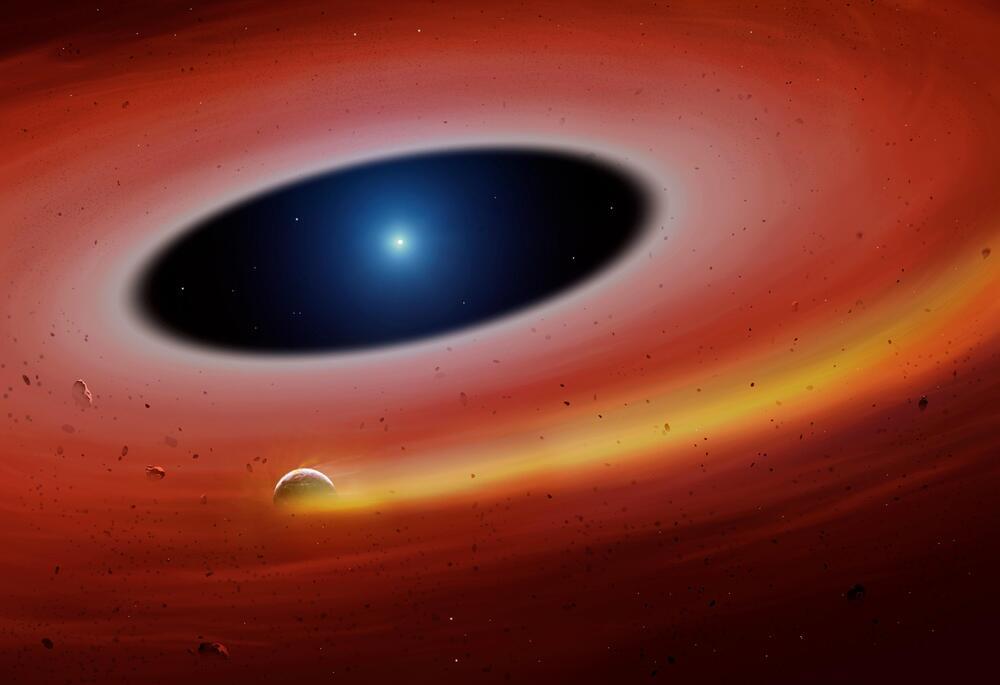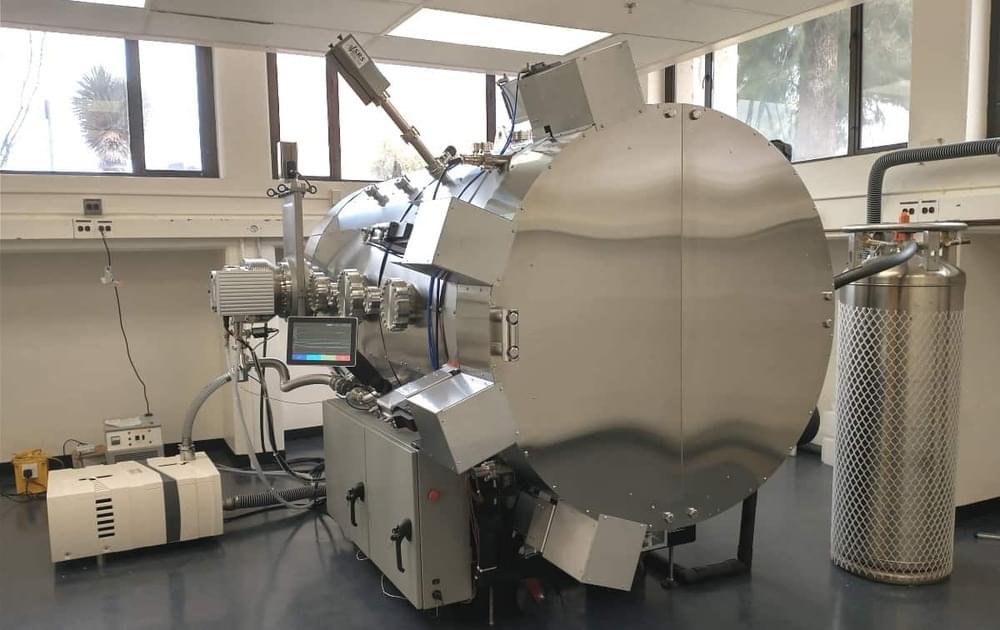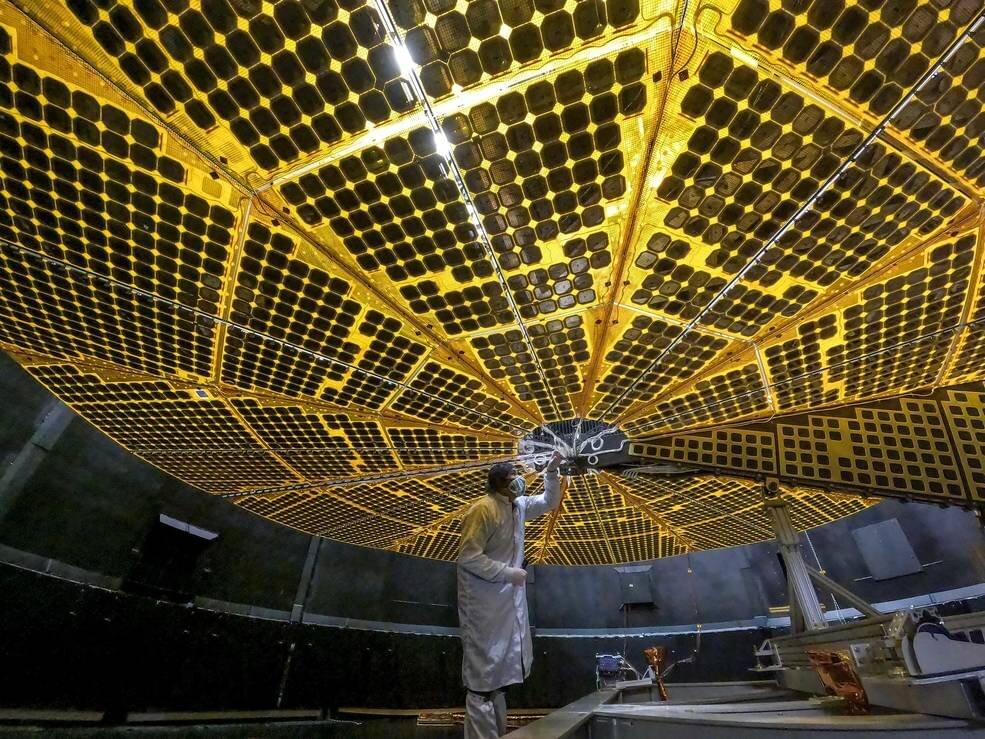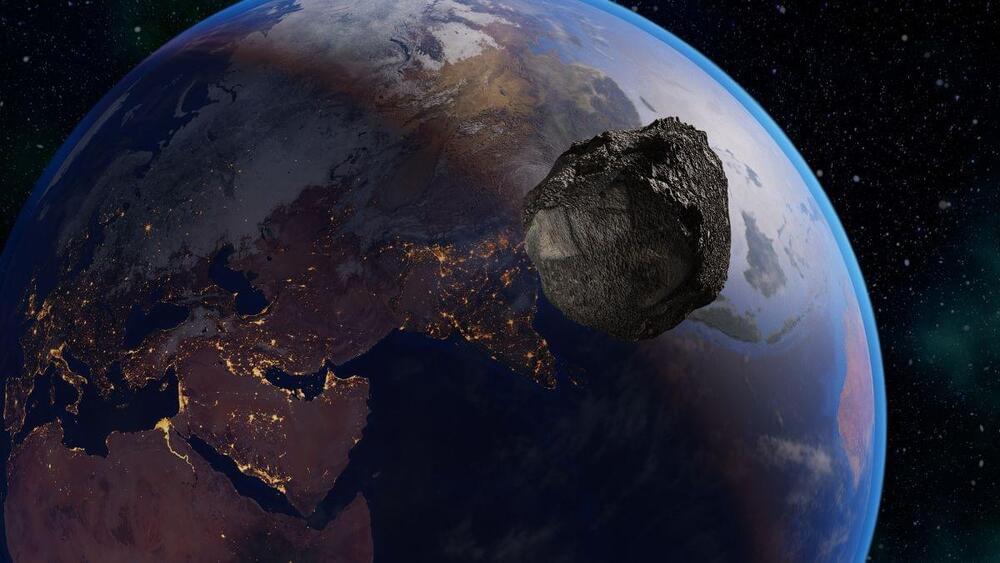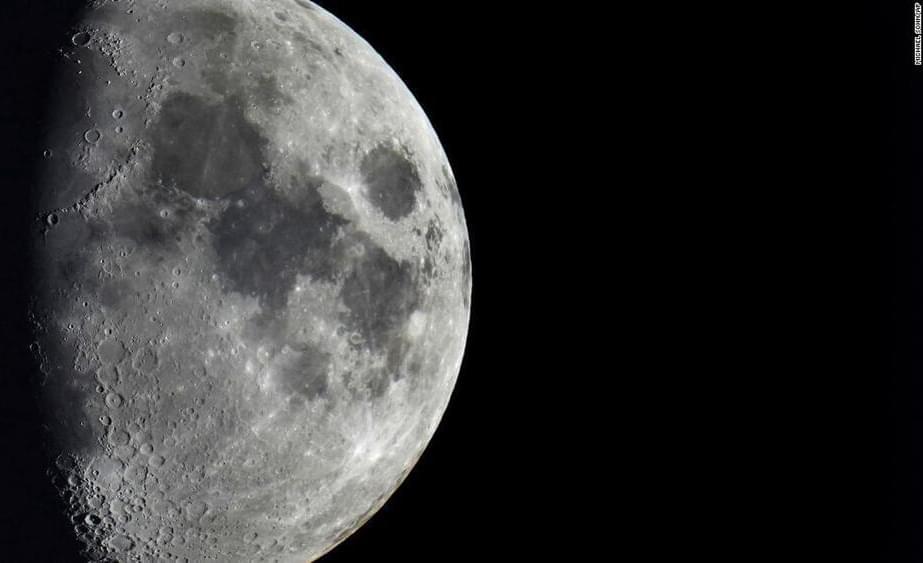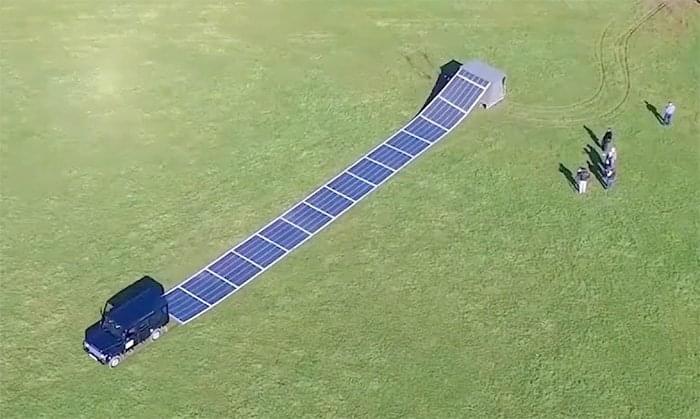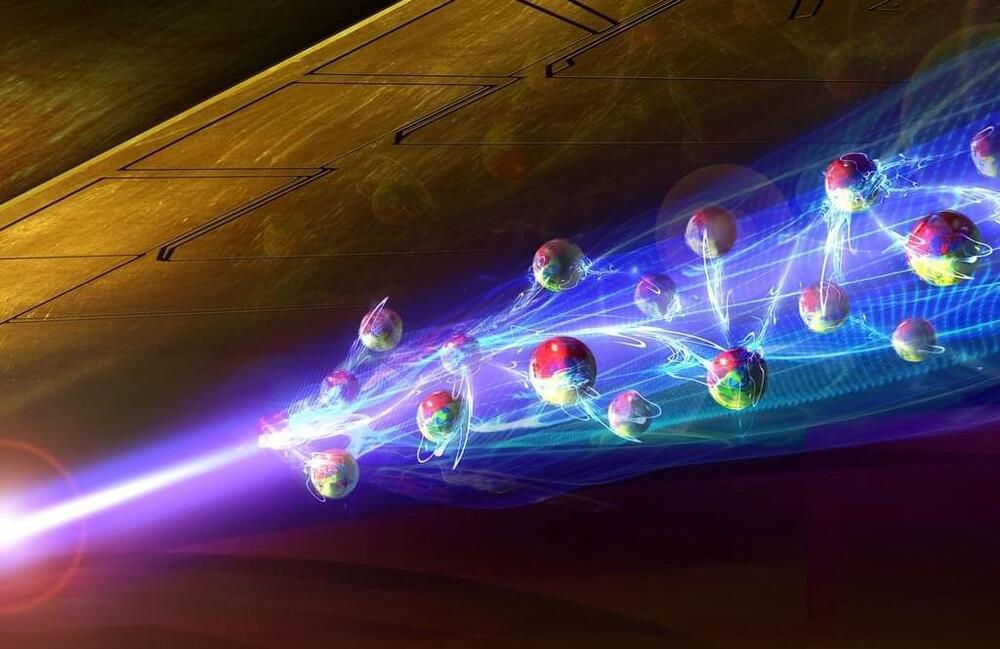
A special bonding state between atoms has been created in the laboratory for the first time: With a laser beam, atoms can be polarized so that they are positively charged on one side and negatively charged on the other. This makes them attract each other creating a very special bonding state—much weaker than the bond between two atoms in an ordinary molecule, but still measurable. The attraction comes from the polarized atoms themselves, but it is the laser beam that gives them the ability to do so—in a sense, it is a “molecule” of light and matter.
Theoretically, this effect has been predicted for a long time, but now scientists at the Vienna Center for Quantum Science and Technology (VCQ) at TU Wien, in cooperation with the University of Innsbruck, have succeeded in measuring this exotic atomic bond for the first time. This interaction is useful for manipulating extremely cold atoms, and the effect could also play a role in the formation of molecules in space. The results have now been published in the scientific journal Physical Review X.
